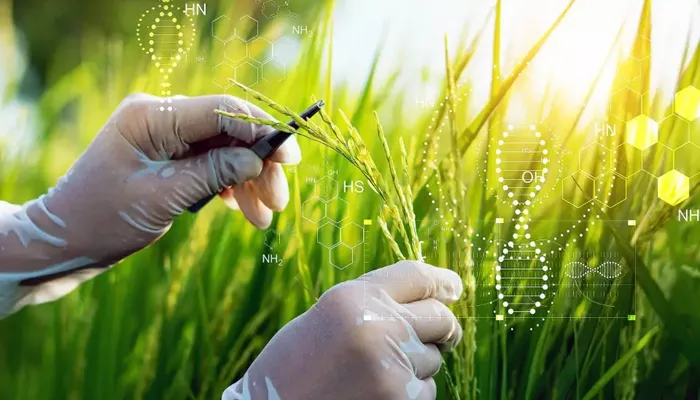The Danger Lurking in Your Backyard: Giant Hogweed.
Nature often graces us with breathtaking beauty right in our own backyards. But what if a seemingly harmless plant is hiding a dangerous secret?
Recent research has highlighted a toxic plant causing concern—giant hogweed.
Giant Hogweed: A Toxic Threat
Giant hogweed can grow between 10 and 20 feet tall, looking like just another striking plant with its large white blooms in the summer. However, its appearance hides a dangerous truth. The plant’s sap is filled with toxins that can cause severe reactions.
The sap interacts with skin cells and, when exposed to sunlight, starts a process that damages DNA. While the plant may look beautiful, the effects on your skin can be painful and severe.
What is Giant Hogweed?
Giant hogweed (Heracleum mantegazzianum) features thick, hollow stems with reddish-purple spots and can reach up to 4 inches in diameter. The stem is covered in fine white hairs that make it easily identifiable.
Its massive leaves can spread up to 5 feet wide and have a deeply lobed, serrated appearance. The plant forms a rosette pattern at the base, giving it a formidable look.
In late spring to early summer, giant hogweed produces large, umbrella-shaped clusters of small white flowers known as umbels. A single plant can generate thousands of seeds, with up to 50,000 seeds per plant. These seeds can be dispersed by wind, water, or human activity and can remain viable in the soil for years, complicating control efforts.
The plant’s rapid growth and large size allow it to outcompete native species, disrupting ecosystems and threatening biodiversity. Its deep roots can also cause soil erosion, particularly near waterways.
Rising Concerns
The spread of giant hogweed is not isolated. Areas such as New York have issued warnings due to its impact on public health and the environment. Contact with the plant can result in severe skin reactions, including blisters and burns, and even long-lasting UV sensitivity.
A Microscopic Threat
Giant hogweed’s toxins cause severe skin damage and can infiltrate skin cells, leading to cell destruction and burn-like blisters. Originating from the Caucasus Mountains in Asia and Europe, giant hogweed was introduced to the U.S. in 1917, beginning in New York City. Since then, it has spread across the Northeast, Great Lakes region, and parts of Washington and Oregon.
The plant’s ability to produce up to 100,000 seeds per plant makes it difficult to eradicate. Despite efforts by the New York Department of Environmental Conservation, giant hogweed remains widespread in over a thousand locations in the state.
Managing the Spread
Efforts to control giant hogweed include mechanical removal and herbicide use. Mechanical removal requires careful handling and protective gear due to the plant’s toxic sap. Herbicides can be effective but must be applied precisely to avoid harming other plants and ecosystems.
Public education is crucial for early detection and reporting of giant hogweed. Increased awareness helps manage its spread and mitigate its impact.
Looking Ahead
The fight against giant hogweed requires a unified approach from communities, policymakers, and environmentalists. Ongoing research and collaboration are essential to develop effective control strategies.
As we enjoy our natural surroundings, it is vital to stay informed about local flora and report any suspicious plants. By understanding and addressing invasive species proactively, we can protect our landscapes for future generations.
What to Do If You Encounter Giant Hogweed
If you come across giant hogweed, report it to the authorities immediately. Avoid removing the plant yourself. If you come into contact with it, wash the sap off your skin right away, avoid sunlight, and keep the area covered.
Remember, even though giant hogweed may look attractive, it poses significant risks. Approach it with caution and awareness to keep yourself and your environment safe.


